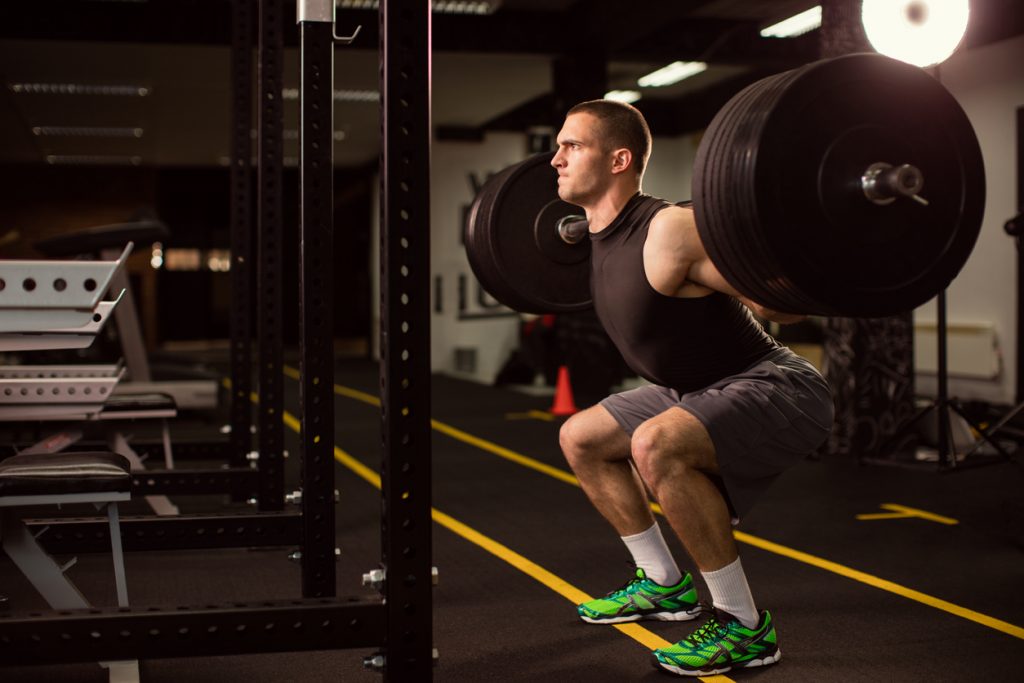
Breathe In, Breathe Out: Teaching Clients to Breathe
When training, many clients don’t know off hand that not all breathing is created equal—different breathing techniques are required for different exercises. Between the many reps and pushes, practicing correct breathing techniques will help clients perform better while increasing fat burn and prevent dangerous side effects like dizziness.
Correct Breathing Brings Oxygen to the Muscles

It may seem that the easiest way to teach clients breathing techniques is to tell them to not hold their breath and exhale during exertion. But sometimes this advice is an oversimplification, even for more experienced clients. Explain to your clients that when we hold our breath during exercise, we deprive our muscles of oxygen. Muscles need oxygen to increase energy production and blood flow to the muscles for a better workout.
Slow, Deeps Breaths for Stretching
Stretching is a critical part of a client’s workout—it gets the body ready for exercise and prevents injury. But in order for clients to see the most benefit, they must breathe correctly. Instruct your clients to inhale deeply through their nose, allowing their chest and stomach to fill before slowly exhaling through their mouth. This breathing technique will help loosen up muscles so clients reduce the risk of pulling any during the workout.
Breathe Deeply When Running
Tell clients that running is more than strengthening their legs; it also strengthens their lungs. As such, they should breathe through their abdomen, not their chest, as chest breathing pulls less oxygen into the lungs leaving them out of breath quicker.
In addition, fitness experts Budd Coates, M.S. and Claire Kowalchik advise clients to match their breathing patterns and running pace. So instead of exhaling on the same foot each step, they recommend alternating steps by inhaling for three steps, and exhaling for two. This breathing technique makes it so the stress upon exhaling is distributed evenly throughout both sides of the body rather than just side experiencing pain and stress.
Breathing while Lifting Weights Prevents Injury
Proper breathing techniques during weightlifting will not only make for a better workout for clients, but also prevent injury. For the most effective strength workout, it is recommended that your clients:
- Breathe deep through their nose and slowly exhale through their mouth to relax before picking up a weight
- Breathe out as they lift the weight
- Steadily breathe in through their nose as they lower the weight
If your client is an advanced weight lifter, the Valsalva Method could be an effective lifting tool, if done safely and correctly. This method requires a client to hold their breath while lifting, and while it may help them lift more weight, it also can increase the risk of:
- High blood pressure
- Fainting
- Heart attack
To prevent injury and accidents, always determine the health of your clients before creating a weight lifting routine.
Keep It Steady During Plyometric Exercises
During plyometric exercises, or jump training, it is recommended that clients take in a breath and then begin their explosive moves (like box jumps) with steady exhalation. Regardless of the type of plyometric exercise, clients should always breathe throughout the routine. When they are on a downward portion, they should inhale, and exhale while on an upward one.
Keep It Slow During Cooldown
After a workout, instead of focusing on getting air into the body quickly, have a client focus on getting air into the abdomen, rather than in and out quickly through the chest. This process, known as diaphragmatic breathing, is essentially deep inhalations to replenish the oxygen in the lungs and muscles that were lost during the client’s workout.
